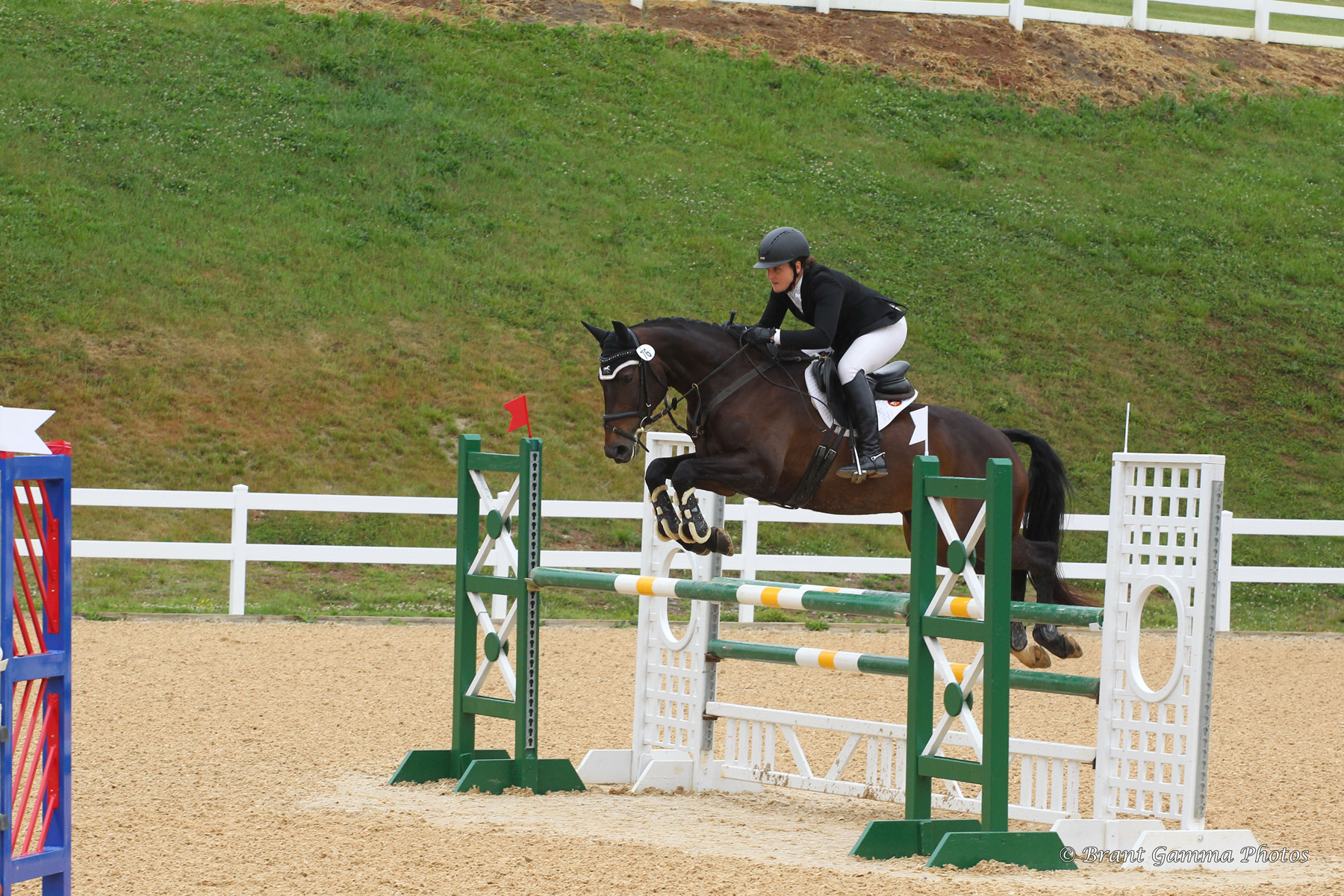Daniel Kahneman’s famous book about behavioral economics and psychology is called Thinking, Fast and Slow. I have huge respect for his contributions to the field, but even greater admiration for the fact that he has made complex topics digestible for a broad audience. So much academic research is “in the weeds” and uses far too much technical jargon, which precludes accessibility for lots of people. But books like this one offer a clear explanation for everyone.
In the book, Khaneman describes the mind as having a “System 1” and a “System 2.” System 1 is intuitive and effortless while System 2 requires conscious, deliberate and effortful calculation. You can think of a task like walking as being a System 1 task, while something like multiplying the numbers 32 and 57 is a System 2 task (unless you are a mathematical genius, which I am not… for the record, 32 x 57 is 1,824, and yes, I used a calculator). Most of the time, we use our System 1, but when that’s not sufficient, we call upon our System 2 to solve a problem.
 The author in competition. Brant Gamma Photography.
The author in competition. Brant Gamma Photography.
I wrote an article a few months ago titled Slow is Smooth, Smooth is Fast. Like most ideas I have, it was rather half-baked, but I knew there was something in the analogy between horse riding and rock climbing that was worth exploring. Now it makes more sense—the reason that going slowly helps you go smoothly (which in turns helps you go fast) is that when you go slowly, you are training your System 1 brain (the automatic one) to do the complex tasks that your System 2 brain (the effortful, deliberate one) does.
Think about the first time you posted the trot. Every ounce of your brain and body was working to get that rhythm: “1, 2, 1, 2, 1, 2…” and how frustrating it was when you messed up! The amount of concentration required to do what seemed simple for more experienced riders was astounding to you. But then your body and your brain got used to the sensation of posting the trot, and before you knew it, the motion felt as natural as walking. What was initially a System 2 task became familiar enough to become a System 1 task.
Last week, I was watching a video of an educational seminar hosted in Australia with dressage trainer Rozzie Ryan. In it, she described a funny story. She had been practicing, and struggling with, a movement in a dressage test. Her coach at the time said “look, in order to get better at this movement, you don’t have to practice it hundreds of times.” Rozzie thought, oh good, he’s going to give me a trick for getting this right more quickly. Then the coach said, “you don’t have to practice it hundreds of times, you have to practice it thousands of times.”
Indeed, doing something thousands of times, whether it’s posting the trot or doing a shoulder-in (or a skill entirely unrelated to horses) is really the only way to make the execution become automatic. The idea behind Thinking, Fast and Slow is that some tasks require a lot of thought and effort (and in our case, sweat!) to do, and they must at first be done slowly. You cannot think fast before you think slow. You’ll make too many mistakes, and you’ll skip over elements of a task that need careful consideration. All of that foundational work, using the effortful System 2 part of the brain, leads eventually to a more automated process where System 1 can take over and everything feels instinctual, just like walking or posting the trot.
